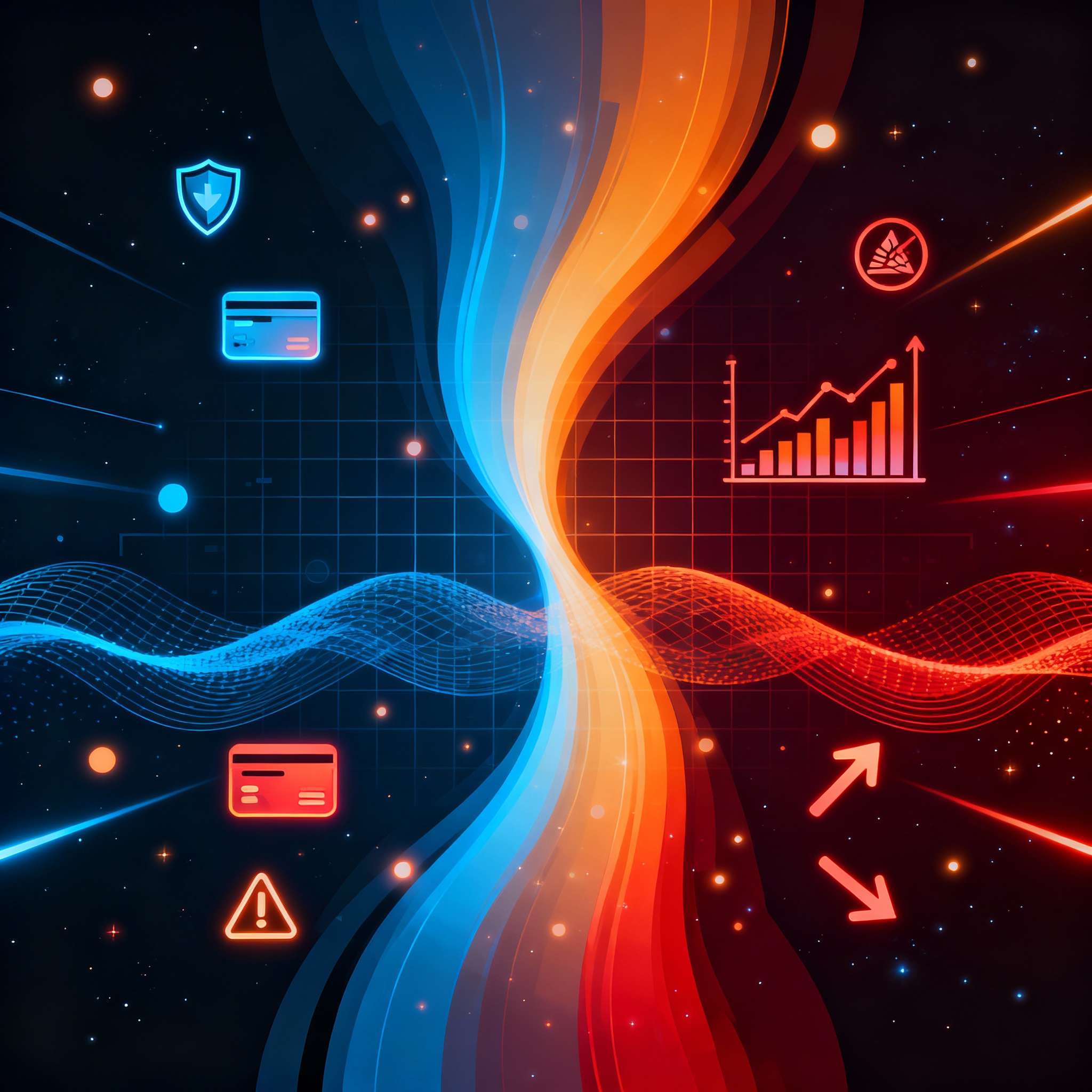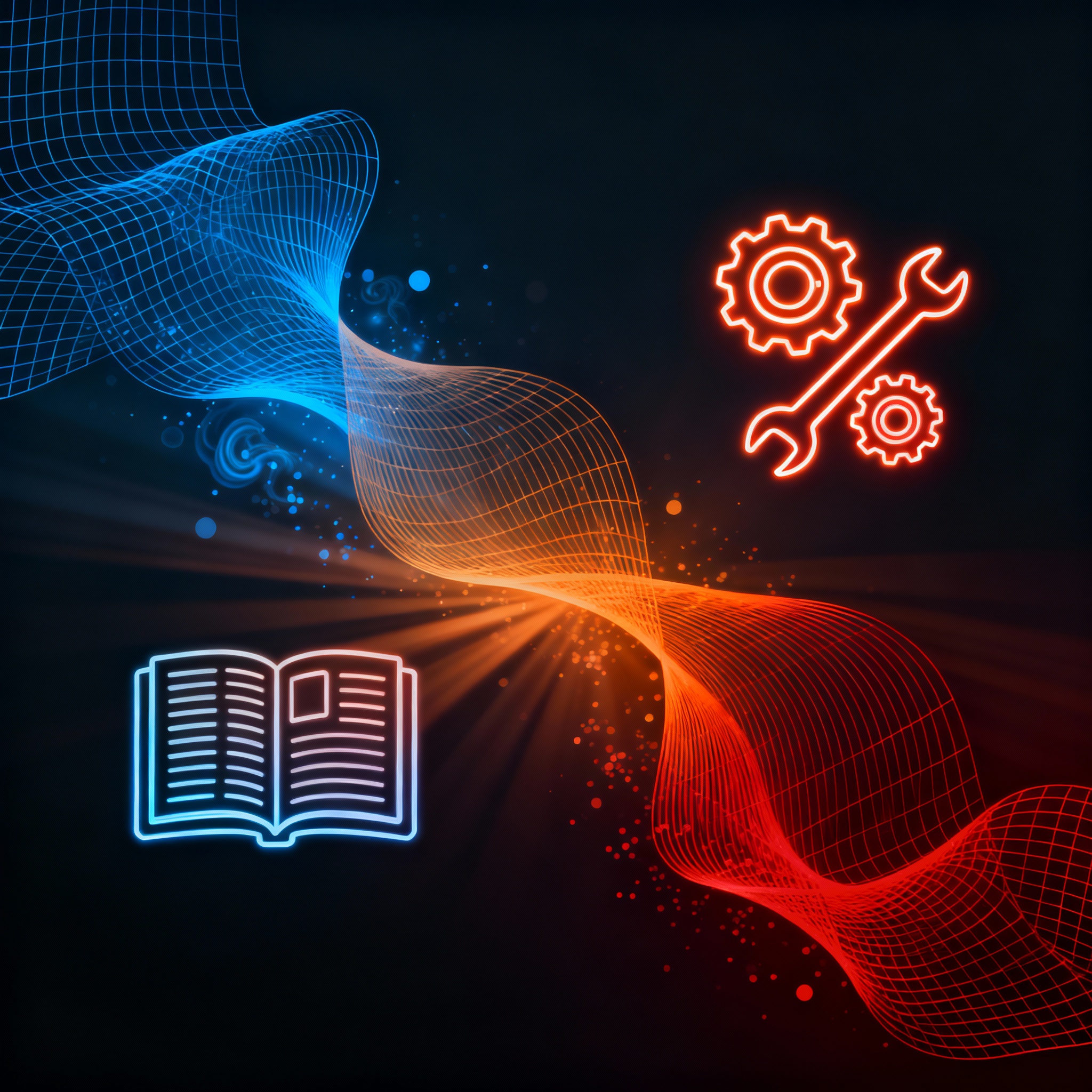
The Hotel Revenue Management Challenge RAG Was Built to Solve
The Hotel Revenue Management Challenge RAG Was Built to Solve
Imagine a bustling hotel during a major city event: rooms fill up quickly, but sudden weather changes or a competing festival could shift demand overnight. Revenue managers scramble to adjust prices, predict occupancy, and maximize profits without overbooking or leaving money on the table. This real-world chaos highlights the core challenge in hotel revenue management—balancing data-driven decisions with unpredictable variables.
Retrieval-Augmented Generation (RAG) emerges as a tailored answer to this dilemma. By combining the power of large language models with targeted data retrieval, RAG enables AI systems to pull in relevant, up-to-date information for more informed outputs. In the context of hotel revenue management, this means transforming raw booking data into actionable strategies that boost revenue while enhancing guest experiences.
Understanding RAG in the Hospitality Landscape
At its core, RAG isn't just another AI buzzword; it's a framework that enhances generative AI by grounding responses in retrieved knowledge. Traditional AI might generate plausible but inaccurate suggestions based on training data alone. RAG, however, fetches real-time or context-specific data from databases, APIs, or knowledge bases before generating a response. For hotels, this could involve pulling live occupancy rates, historical booking patterns, or even external factors like local events.
Consider a scenario where a revenue manager queries an AI system about optimal pricing for the upcoming weekend. Without RAG, the AI might rely on outdated models, leading to suboptimal recommendations. With RAG, it retrieves current market data, competitor pricing, and even weather forecasts to deliver precise advice. This integration is particularly valuable in hospitality, where artificial intelligence is transforming service, experience, and efficiency, as noted in recent studies from EHL Research.
Hotels have long grappled with revenue management systems that are siloed or overly reliant on static algorithms. RAG bridges these gaps by enabling dynamic, context-aware decision-making. Tools built on platforms like ChatRAG—a Next.js boilerplate for chatbot-agent SaaS—can leverage RAG to create customizable AI agents that assist revenue teams in real time.
RAG's Role in Enhancing Forecasting and Demand Prediction
Forecasting daily hotel operations is fraught with uncertainty, especially amid external events like conferences or holidays. Traditional methods often fall short because they can't easily incorporate multi-source data. RAG changes this by allowing AI to retrieve and synthesize information from diverse sources, such as booking platforms, social media trends, and economic indicators.
For instance, an innovative knowledge-based system using a time-varying parameter state-space model can forecast operations by integrating external data. As explored in this study on forecasting daily hotel operations amid external events, such models benefit immensely from RAG's retrieval capabilities, ensuring forecasts are not only accurate but adaptive.
In practice, a RAG-powered tool might analyze past data to predict a 20% demand spike due to a nearby concert, then suggest dynamic pricing adjustments. This isn't hypothetical; revenue leaders are already seeing value in blending AI with human insight. According to insights from Harshinder Chadha on redefining revenue leadership, moving from data chaos to intelligent strategy involves tools that retrieve and process information intelligently, much like RAG does.
Actionable insight: To implement RAG for forecasting, start by integrating your hotel's PMS (Property Management System) with a vector database like Pinecone. Use embeddings to store historical data, then query it via RAG to generate forecasts. For example:
// Sample RAG query in a ChatRAG-based app
async function generateForecast(query) {
const retrievedData = await retrieveFromVectorDB(query); // Fetch relevant booking and event data
const prompt = `Based on ${retrievedData}, forecast occupancy for the next week.`;
const response = await llm.generate(prompt);
return response;
}
This approach ensures predictions are grounded in real data, reducing errors by up to 15-20% in volatile markets.
Upselling Reinvented: From Generic Offers to Personalized Solutions
Upselling in hotels has traditionally meant blasting generic offers to guests—think email blasts for room upgrades. But AI, powered by RAG, shifts this to solving actual guest needs. By retrieving guest preferences, past behaviors, and current availability, RAG enables hyper-personalized recommendations.
Take a guest checking in: A RAG system could pull their booking history (e.g., preference for ocean views) and cross-reference it with available upgrades, generating a tailored upsell pitch. This aligns with findings that AI will turn upselling from “send offers” into “solve needs”, emphasizing need-based strategies over blanket promotions.
Moreover, research on the value of booking data for upsell decision-making highlights how granular data retrieval can optimize revenue. In a RAG setup, this means querying a database for similar guest profiles and generating upsell probabilities, like offering a spa package to someone who frequently books wellness amenities.
Practical example: A mid-sized hotel chain implemented a RAG chatbot via ChatRAG, resulting in a 12% uplift in upsell conversions. The system retrieved real-time inventory and guest data, crafting messages like, "Based on your love for balcony rooms, would you like to upgrade for just $50 more?" This not only increases revenue but also improves satisfaction scores.
Integrating RAG with Talent and Commercial Management
Beyond operations, RAG influences talent management in revenue roles. Generative AI is reshaping how teams handle commercial strategies, from training to decision support. A report from the HSMAI Foundation discusses the state of generative AI in commercial talent management, noting its potential to upskill staff through personalized learning paths.
In a RAG context, revenue managers could query an AI agent for best practices on handling peak seasons, retrieving case studies and internal policies. This democratizes knowledge, allowing junior staff to access insights that were once siloed. For SaaS businesses building such tools, platforms like ChatRAG provide the boilerplate to launch quickly, embedding RAG for seamless integrations.
Consider training scenarios: A new revenue analyst asks, "How do I adjust rates during a convention?" The RAG system retrieves historical data from similar events and generates a step-by-step guide, complete with projected outcomes. This fusion of AI and human expertise, as Chadha points out in his opinion piece, redefines leadership by turning data into strategy.
Challenges and Best Practices for Implementing RAG
While promising, implementing RAG isn't without hurdles. Data privacy is paramount—hotels must ensure retrieved information complies with GDPR or CCPA. Additionally, the quality of the knowledge base directly impacts RAG's effectiveness; garbage in, garbage out.
Best practices include starting small: Pilot RAG in one area, like upselling, before scaling. Use hybrid models where RAG augments human decisions rather than replacing them. For developers, building on ChatRAG allows for rapid prototyping, with built-in support for retrieval mechanisms.
Another tip: Regularly update your vector stores to include fresh data, such as post-event analyses. This keeps the system relevant, addressing the dynamic nature of hotel revenue management.
Looking Ahead: RAG's Impact on Future Revenue Strategies
As hotels navigate economic shifts, RAG positions them to thrive. By enabling AI to retrieve and generate from vast datasets, it fosters resilience against disruptions. Future applications might include integrating RAG with IoT for real-time room status updates or blockchain for secure data sharing.
In summary, RAG solves the hotel revenue management challenge by providing accurate, context-aware insights that drive profitability.
Key Takeaways
- Dynamic Forecasting: Use RAG to integrate multi-source data for better demand predictions, reducing forecasting errors.
- Personalized Upselling: Shift from generic offers to need-based recommendations, boosting revenue and guest loyalty.
- Talent Empowerment: Leverage RAG for training and decision support in commercial teams.
- Implementation Tips: Start with piloting in one area, ensure data quality, and use tools like ChatRAG for efficient development.
- Future Potential: Expect broader integrations that make revenue management more adaptive and intelligent.
By embracing RAG, hotels can turn challenges into opportunities, ensuring sustained growth in a competitive industry.
Ready to build your AI chatbot SaaS?
ChatRAG provides the complete Next.js boilerplate to launch your chatbot-agent business in hours, not months.
Get ChatRAGRelated Articles

Implementing RAG in Financial Fraud Detection: A Developer's Guide
Financial institutions lose billions annually to fraud, but emerging AI techniques like Retrieval-Augmented Generation (RAG) offer a powerful way to stay ahead. In this guide, we delve into how RAG integrates real-time data retrieval with generative AI to detect anomalies and prevent scams. Developers will find step-by-step insights to implement these systems effectively.

The Automotive Technical Documentation Challenge RAG Was Built to Solve
Automotive technical documentation is vast and complex, often leaving mechanics buried in manuals. Retrieval-Augmented Generation (RAG) offers a solution by combining AI retrieval with generation for precise, context-aware responses. This post dives into how RAG tackles these challenges in the automotive sector.

What RAG Means for the Future of Marketing Content and SEO
Retrieval-Augmented Generation (RAG) combines AI's generative power with precise information retrieval, offering marketers a tool to create accurate, SEO-optimized content. As search engines evolve, RAG helps brands stay visible in an AI-dominated landscape. By integrating external knowledge, it addresses common pitfalls in AI-generated content like inaccuracies and lack of relevance.